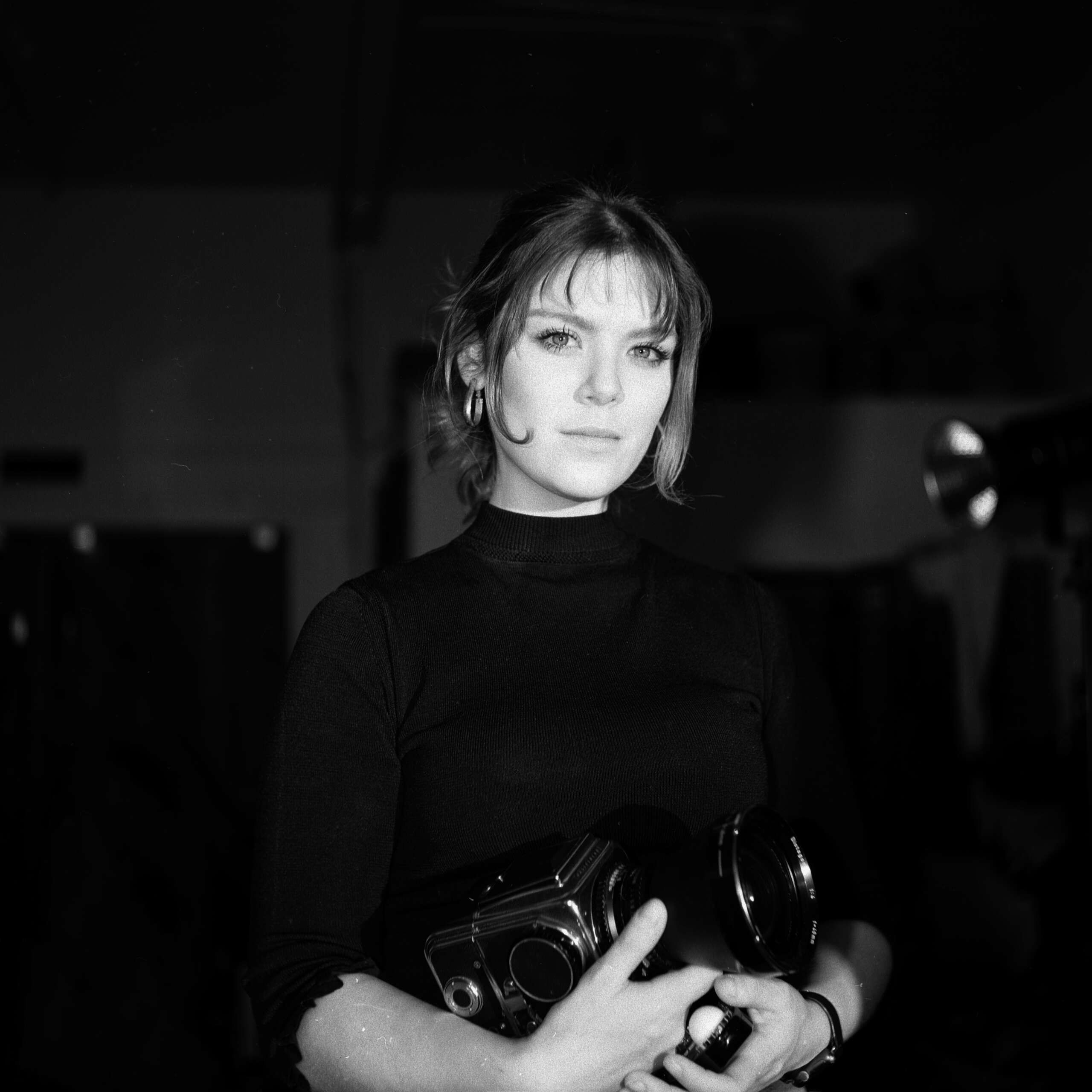We caught up with the brilliant and insightful Emily Swift a few weeks ago and have shared our conversation below.
Hi Emily, thanks for joining us today. Let’s talk legacy – what sort of legacy do you hope to build?
As a business owner, I hope that my legacy is that I helped make a difference in the survival of film photography. I strive to be a resource for high quality processing, scanning, darkroom printing, as well as education. This information has become harder and harder to come by and i make my best efforts to get it out in the world. I want to be remembered as the lab photographers could lean on, learn from, and grow with. I hope that my story inspired others, and that people remember me for all of the work that ive done keeping the medium alive and accessible. As an artist, my legacy will be my work. I have an old chest in my studio that i have a dream about. I dream of filling the chest with all of my negatives and prints, and leaving it somewhere to be discovered in the future. Whoever finds it will find a time capsule of my archive of my life and work. I hope that the images i leave behind inspire as well as share an insight into what life was like for me. What grabbed my attention, what i decided to print vs not print, and all of the places and people i have captured throughout my time as a photographer.
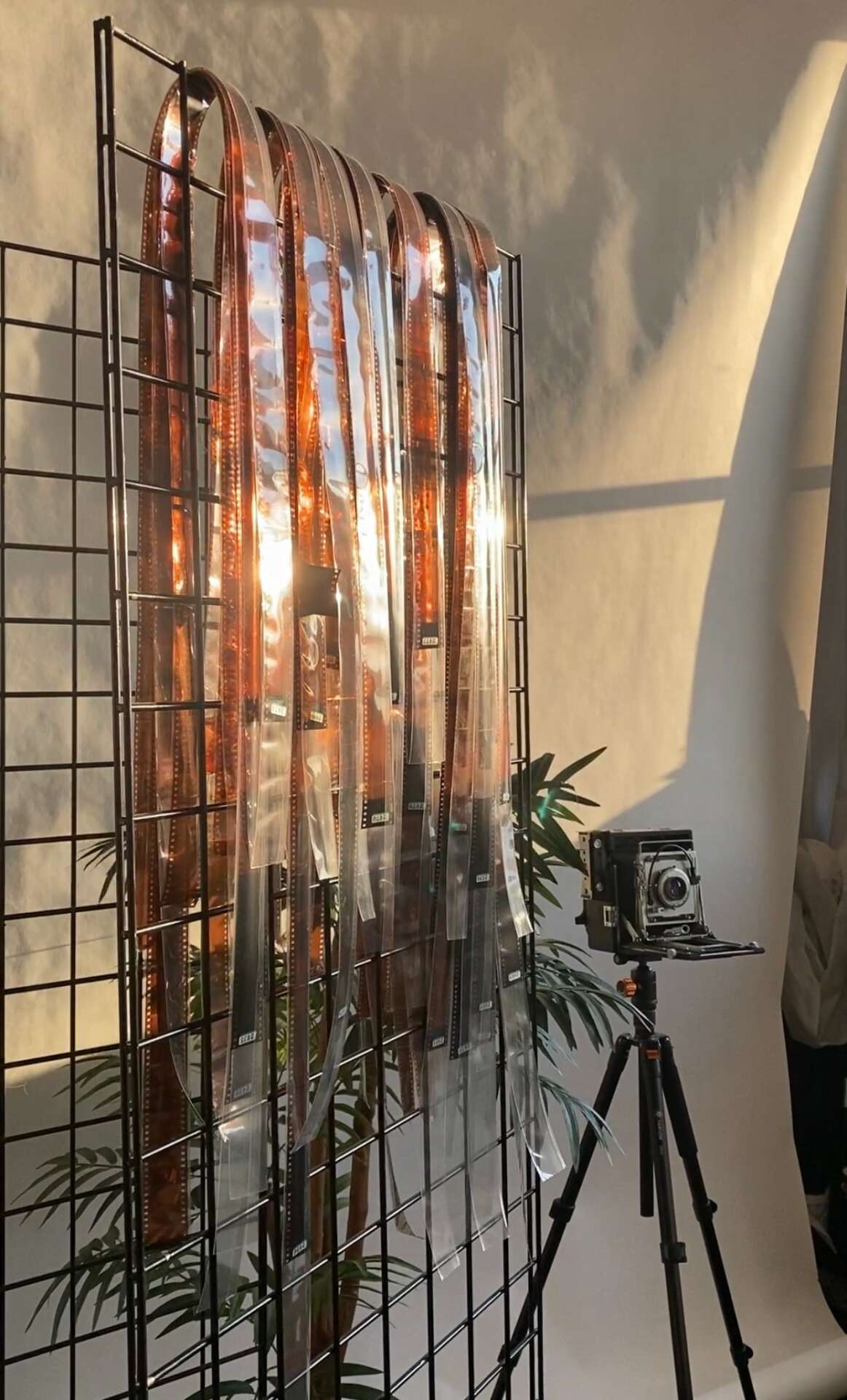
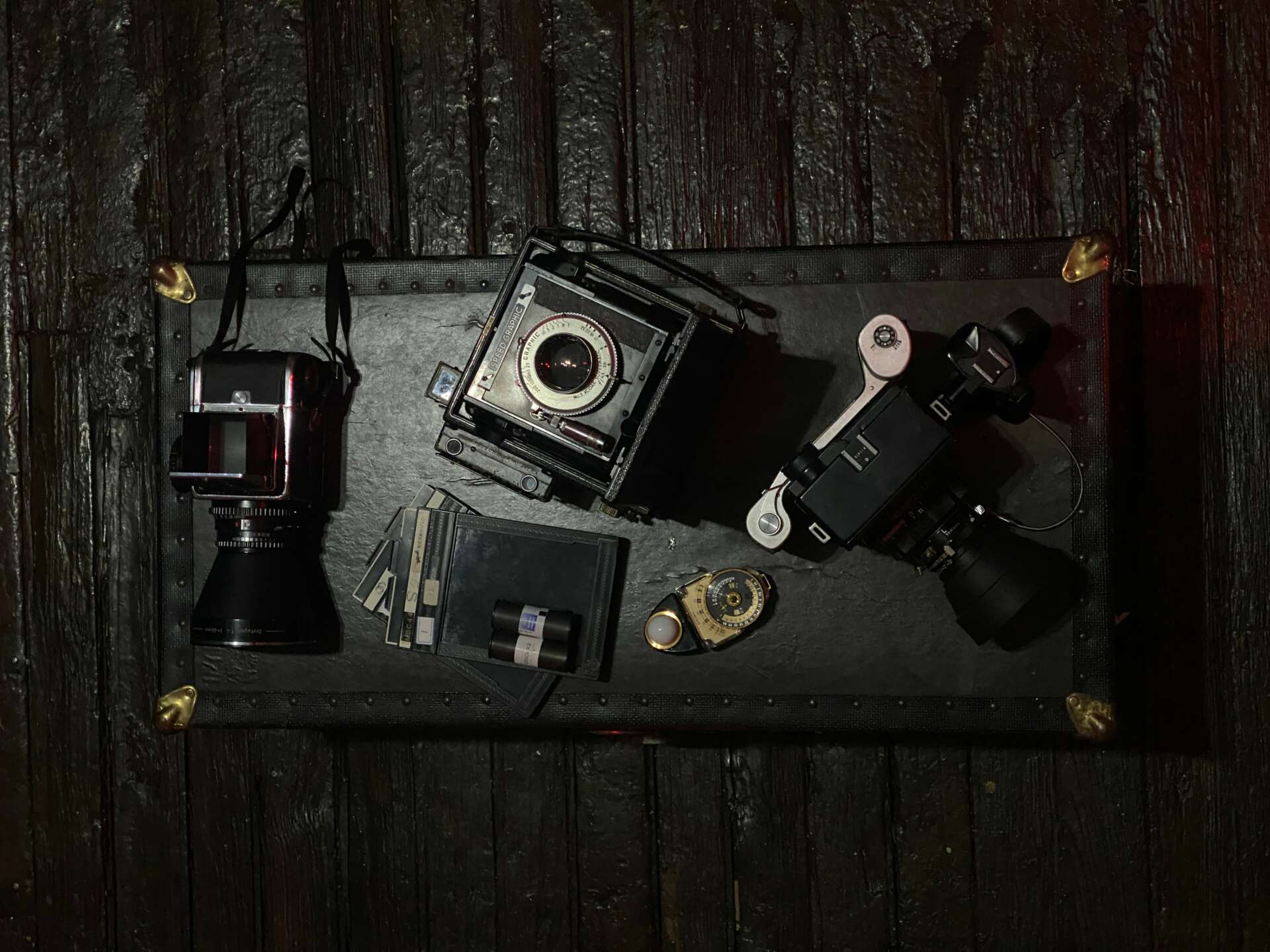

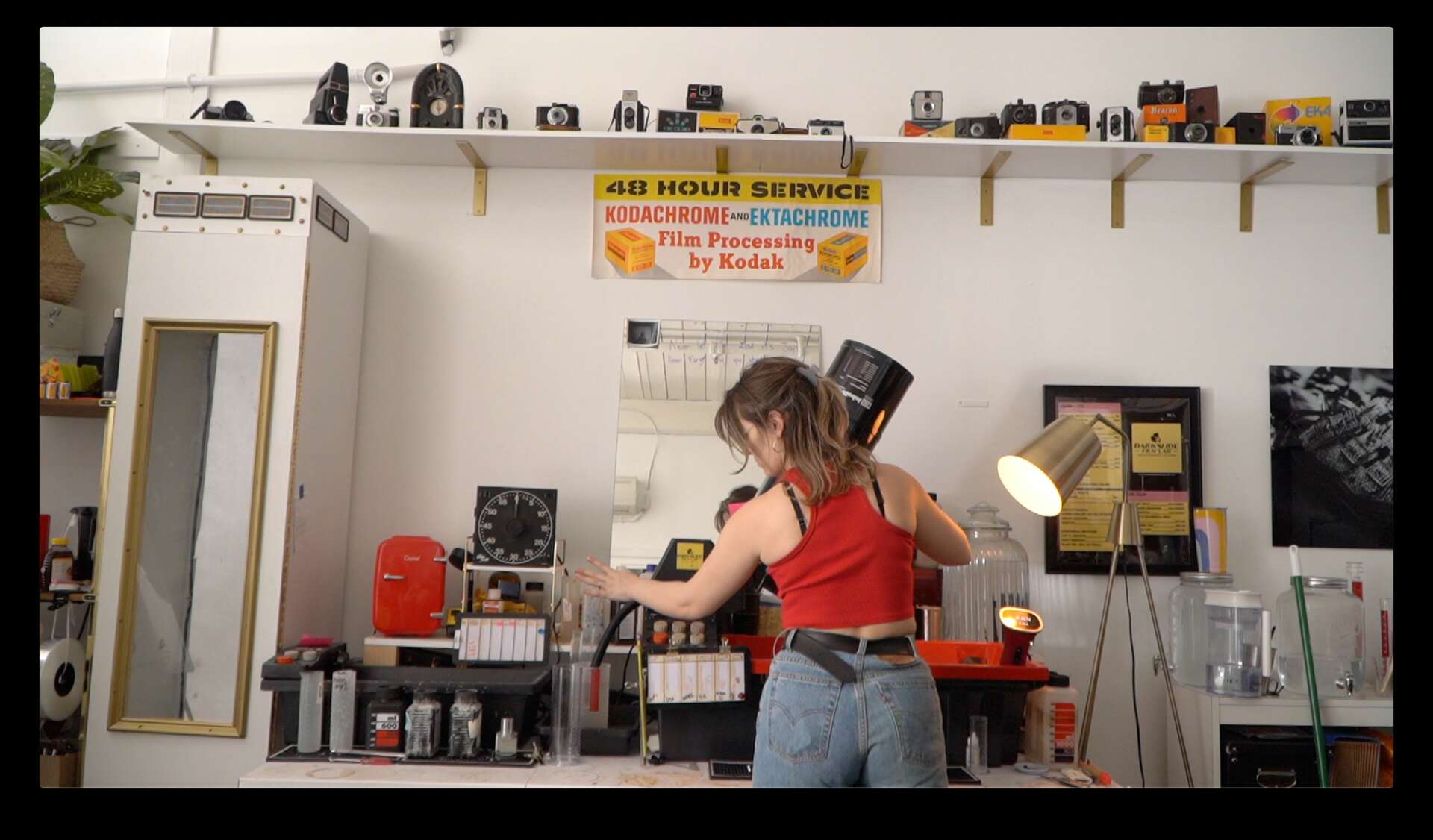
Emily, love having you share your insights with us. Before we ask you more questions, maybe you can take a moment to introduce yourself to our readers who might have missed our earlier conversations?
My name is Emily Swift and I am a darkroom artist, studio photographer, and the owner of Darkslide Film Lab. The first time i made a darkroom print was when i was 14 years old. As i watched the print appear in the developer tray, I fell in love with the process and never looked back. I studied film photography and the darkroom process for four years in high school before i went on to get my degree in photography. While still in school i started working in the fashion industry covering New York, Milan, and Paris fashion week. My love for film photography has been so strong ever since that first darkroom print, but while navigating the fashion industry i fell out of practice with it. Once I finished school i no longer had the resources available to me to process and print the film myself, which for me, was the best part. My career was put on pause in 2020, so with all of this new time on my hands i decided to start shooting film again. I was so excited to get back to my roots, only to be let down by every single film lab i sent my film to for processing. I had labs lose my rolls, cut my film wrong, process it wrong, it was extremely frustrating. Then i had the realization, “Why am i sending my stuff out if i can just do it myself?”. Since we were in lock down, there were no more excuses. I scoured the internet to get the equipment i needed within my very humble budget and got to work. I had alot to catch up on as well as new chemistry processes to teach myself before i could open my lab. I spent several months processing endless rolls of film to figure out my workflow. In March of 2021, i was ready to launch Darkslide Film Lab. I vowed to be the lab i always wished that i had access to, and to make sure my customers were never let down like i had been in the past. With film you only have one chance to get it right, and if you don’t, you lose irreplaceable photos. I pride myself on being one of the only woman owned and operated film labs in the US. At Darkslide, we specialize in film processing and scanning as well as traditional silver gelatin printing. We service the entirety of the United States by accepting mail in orders. My customers value the extra time and attention we put into each roll of film that passes through the lab. Most film labs operate with automated equipment that does everything for you. At Darkslide, we do all of processing by hand allowing us to cater to each rolls specific needs. We are one of the only film labs who scan film with modern technology. Commercial grade film scanners have not been produced since the 90’s, the technology is outdated, however this is what most labs are working with because it is the most efficient way to scan film. At Darkslide we have found methods to scan film that allow for better color information, sharper scans, and bigger file sizes allowing our customers to utilize their film scans in modern ways that other labs scans don’t allow for. We are dedicated to not only doing the best work we can, but also being an educational resource for anybody interested in exploring film photography. we regularly post educational content on our tiktok account and we will be releasing affordable online classes very soon!
Can you open up about how you funded your business?
Darkslide Film Lab is entirely self funded. Darkslide was essentially my pandemic pivot as i like to say. Since my career as a photographer was non-existent during lockdown, i needed to quickly figure something out that was a lock-down friendly business model so that i wouldn’t lose my studio space. I only had $1,000 to my name at the time, and was living off of un-employement. I searched for weeks on ebay to find a semi- automated film processor for less than $1,000. I ended up finding one in the UK that came with tanks, reels, and chemistry storage for about $600. The machine is called a Jobo CPE2 and can process up to 8 rolls of film at a time. This was the bulk of what i needed, as a film photographer myself and someone who processed film myself for so many years in school, i had alot of the odd and ends already. Once i got my processing figured out, i had to figure out scanning next. Commercial grade lab scanners cost upwards to $6,000 so i knew that wasn’t an option for me. After alot of research i reached out to a company called Negative Supply that creates kits that allow you to scan film with a digital camera. I already had a camera from working as a photographer, so their kit was the only other piece i truly needed to launch. I explained my situation to them and they got back to me to let me know they had actually been following along with my story via twitter and wanted to help me out. They believed in my mission and got me set up for DSLR scanning within my basically non existent budget. With one jobo, a DSLR, and their scanning kit, i had everything i needed to open, but not everything i needed to work efficiently. The greatest investment was sweat equity. My dad helped me build a custom film drying cabinet so that i didn’t need to buy one for $2,000. About three weeks after launching, i was officially panicking. I was having a really hard time getting orders done quickly since non of this process is automated. Somebody has to be hands on the whole time. At this point i had revenue coming in and 100% of the proceeds were re-invested into the business. I opened the lab March 1st, and by the third week of March i was able to second bigger Jobo, and in April i upgraded to a bigger studio space. By the time November had rolled around, i knew that slow season was coming. We hadn’t hit consistency yet and i wasn’t sure what to expect but knew i had to figure something out. People take less photos in the cold, its a given fact, and we were only producing enough business at this point to scrape by. If sales dropped too much, i knew i wouldn’t have been able to cover all of the costs month to month. Alot of people in my social network had gotten into trading and selling NFT’s. I wasn’t sure how i felt about the whole thing, i hadn’t seen any artwork find success that looked anything like mine, but decided to give it a try to see if i could raise capital for the lab through this. On November 17th i released a collection of darkroom prints that was a collab project with another artist in my studio building, and we each walked away from the project with over $20k in revenue. This was absolutely necessary for the survival of my film lab. I upgraded some of our equipment, and the rest of the money became my slow season fund. There were 4 consecutive months where we came in at a hefty loss each month. This money allowed me to keep going as i built my customer base and the reach of Darkslide.
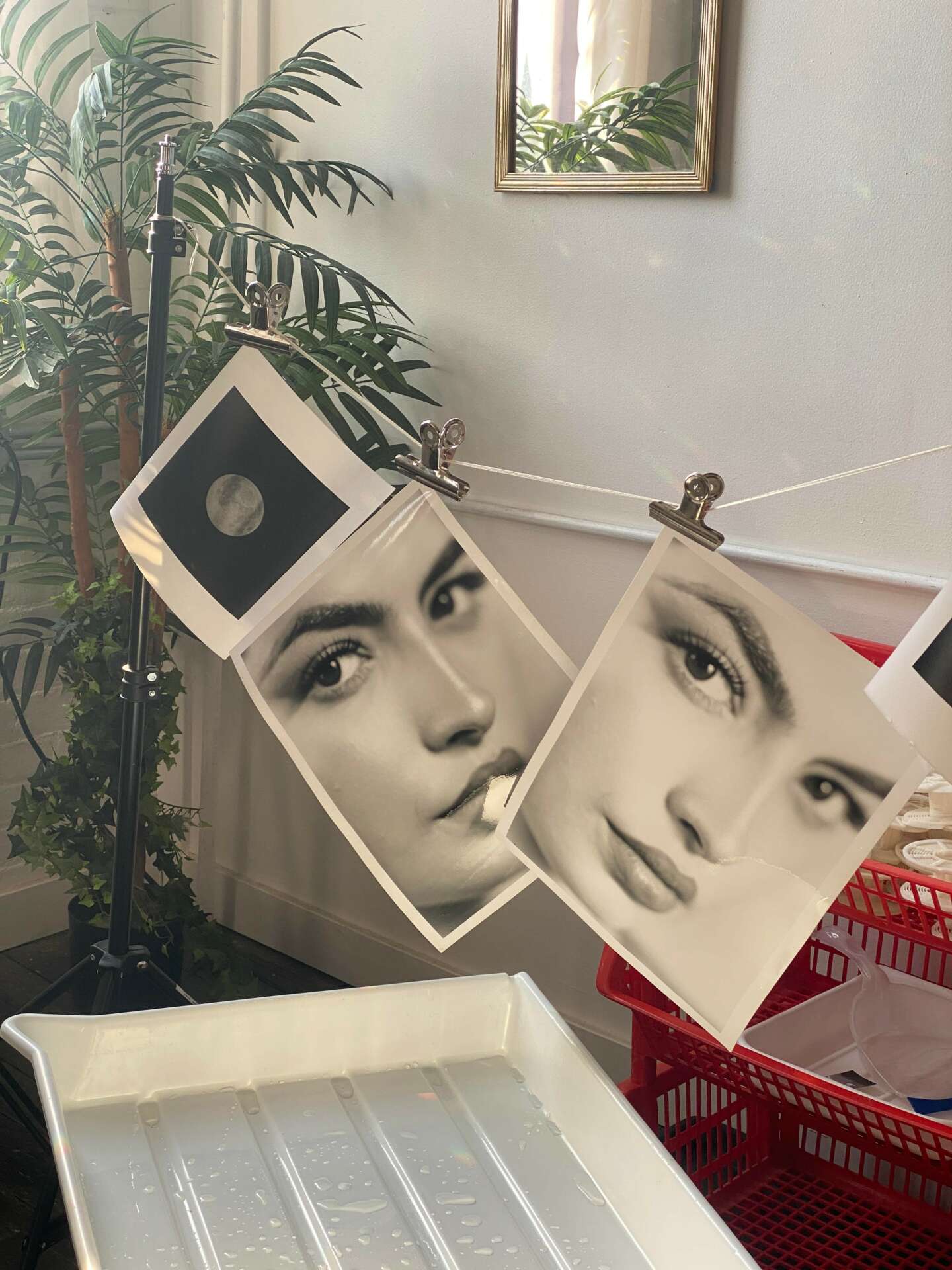

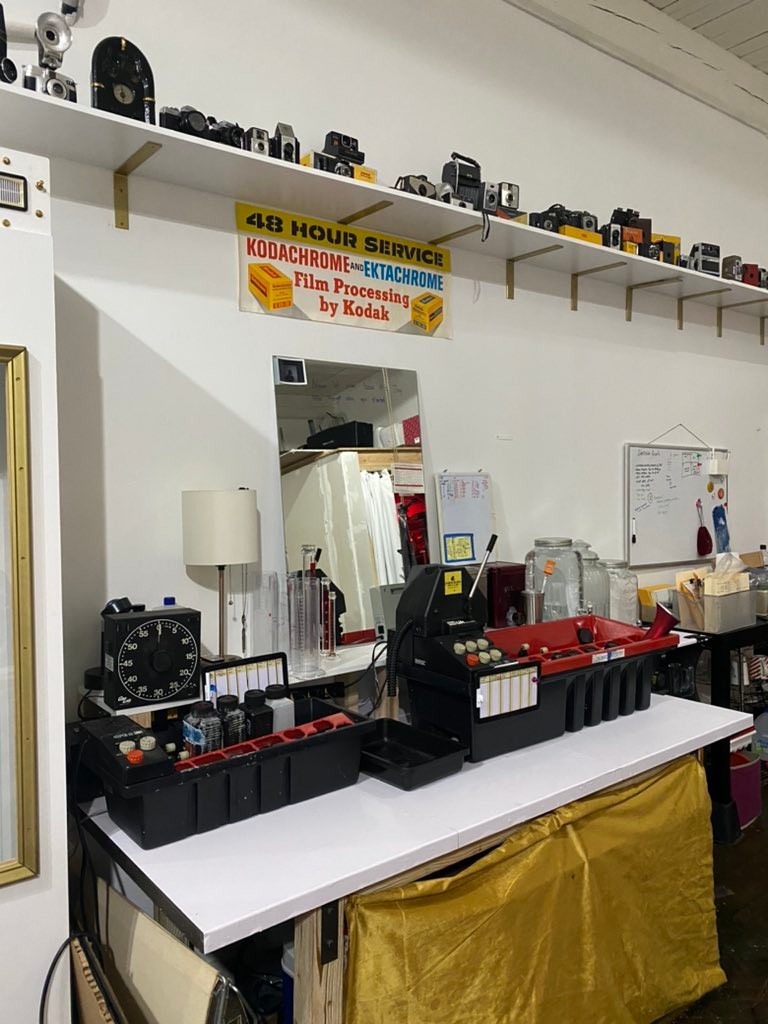
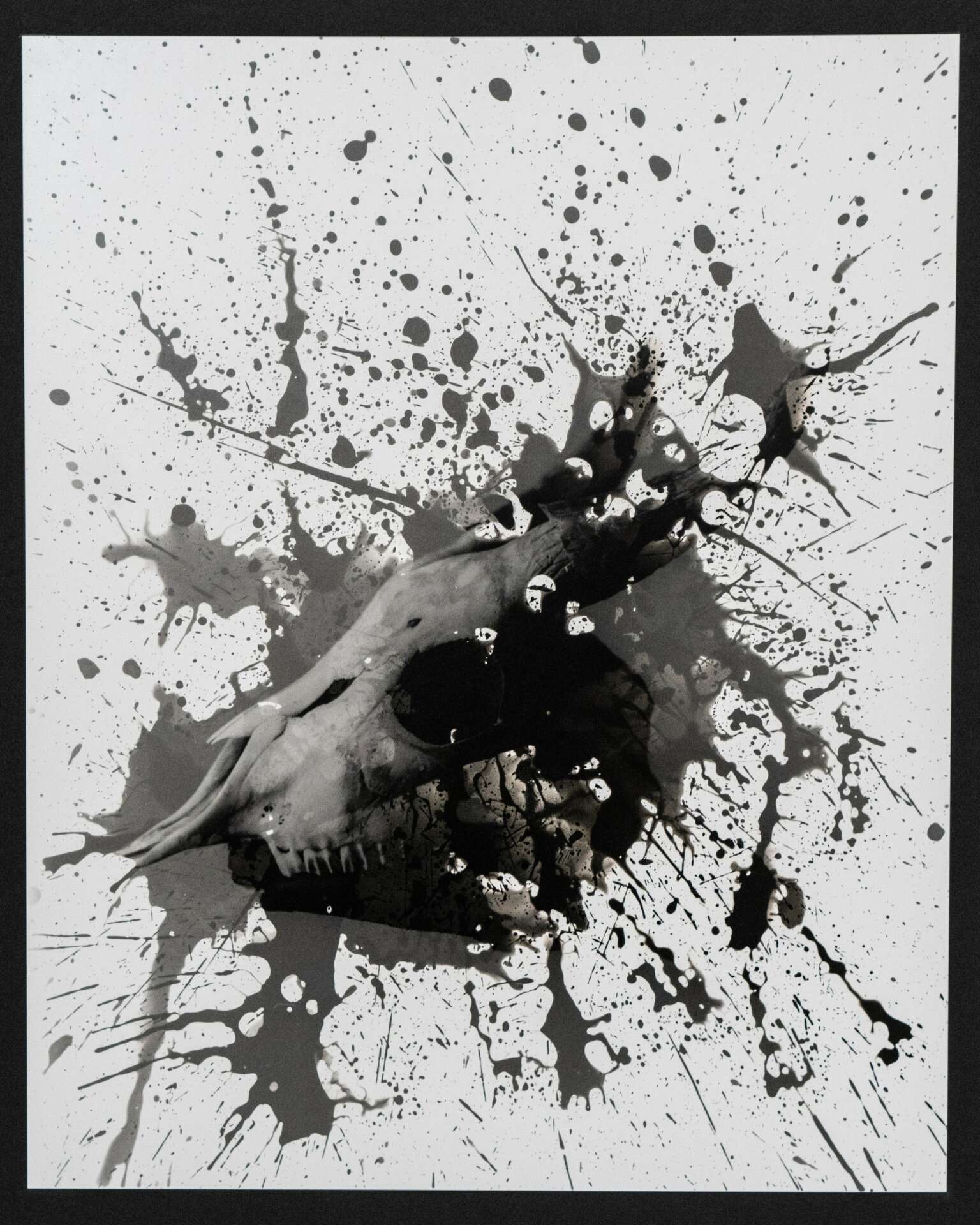
We’d love to hear the story of how you built up your social media audience?
Building a social media following was entirely necessary for me to open Darkslide. At the beginning of lockdown i made a twitter account to connect with more photographers. I quickly was able to grow my twitter account in my niche (film photography) and build relationships with my followers. i had more success growing my twitter than my instagram. I tweeted eveything about the lab, from the time it was just an idea to still tweeting about it today. My followers were able to follow the process of launching Darkslide with me, and in turn were excited to support me. When social media really became a huge resource for lead generation was once we got on Tiktok. One of my previous employees at the lab created our tiktok account and started helping me make videos while she still worked here. We decided to make a video one day and film the entire process from receipt of rolls to completion of scans. This video went on to garner 4.3 million views and our revenue for that month was higher than our entire first quarter of the year. This changed everything for us. At the time she was only helping me two days a week, now i needed her 4-5 days a week. Our following on tiktok is now up to 46.5k and i believe that is entirely due to the fact that we post almost daily, our content is niche specific, and we follow as many trends as we can while also relating them to our niche. Did we think that video would get so many views when we made it? Absolutely not, we didn’t even have 1,000 followers at the time. The attention was overwhelming in the best way possible. Today, most of our lead generation comes from tiktok. The best advice i can give to anyone looking to grow their following is to focus on short format video content, be authentic and find your niche. People love authenticity. Social media used to be very polished where everyone would put their best content foreword, but i believe on apps like twitter and tiktok its more important to let people see your un-polished side.
Contact Info:
- Website: www.Darkslidefilmlab.com www.emilyswiftstudios.com
- Instagram: @darkslidefilmlab
- Twitter: @eswiftstudios / @darkslidelab
- Other: tiktok @darkslidefilmlab
Image Credits
The photo of me is by Franklin Yeep (www.franklinyeep.com)


